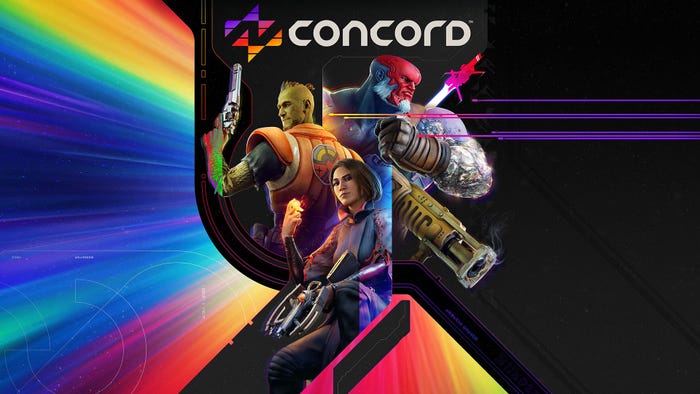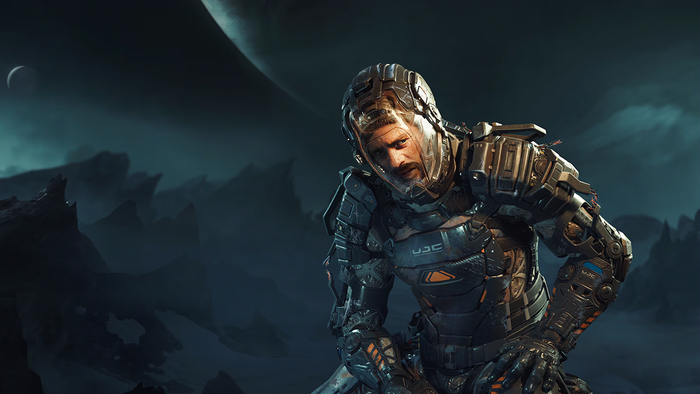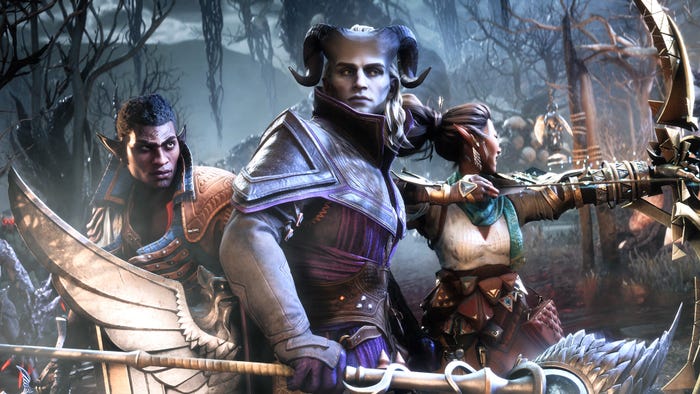GameDev Protips: A Quick Primer On Properly Balancing Your Game
A Quick Primer On Properly Balancing Your Game

Your game should be well balanced. Now, what exactly does this vague statement mean? Firstly, a player should not progress through your game too quickly or too slowly. If your game is too easy, or if players are getting stuck, then you should readjust your game’s balance. Once you have a good set of core mechanics, you can start to focus on balance. Whenever you change your game’s mechanics you need to alter the balance. This is so that your changes don’t render your game unplayable, or cause existing players too much grief. While this may change the character of your game from what you originally intended, the design process is iterative, so development is a constant process of building and adjustment.
In a single player game, balance is all about providing an adequate challenge for the players. In a multi-player game, balance ensures that every available option for the players is competitive. In both types of game, your goal is to make sure there are multiple ways to win. A game with good balance usually has good pacing. But how do we know what’s a good pace is for all players? Inevitably some players will advance through the game faster than others, making it seem too easy Other players might find the game too difficult. The only way to solve this problem is through sufficient playtesting.
You have to consider strategy as well. If one or a couple of players are able to completely dominate the game with a limited set of strategies then your other players will be frustrated. Make sure that players have multiple options for winning. Sometimes games give players different rules, resources and objectives. This makes achieving balance a lot more difficult. In a scenario such as this playtesting is absolutely crucial.
Game balance is important in making sure every player has an enjoyable experience. Due to the difference in player skillsets, you should adjust the difficulty of your game so that skilled players can be challenged, but unskilled players can feel like they’re making progress. To extend the playability of your game, make sure that there are multiple ways for a player to achieve his/her goals. Make sure to adjust your game’s balance every time you change the game’s mechanics, as changes to the mechanics have an unpredictable effect on game balance. The only way to measure the effects of changes and to gauge audience reaction, is for you, your team and other people extensively playtest your game.
Actionable Takeaways: For new designers it would be in your best interest to have as many people playtest and provide as much feedback as possible. That way you will get a good idea of the ranges of players playing your game. Try to get as much input as you can, and attempt to get people of varying skill levels, in order to get a good baseline for what the average player is capable of. Focus on balancing your game properly — it’ll be time well spent.
If you’ve found this article helpful, don’t forget to share it with your friends on social media!
---
Thank you so much for reading my article! I’m Daniel Doan, the Co-Founder of Black Shell Media. We're a publishing and marketing firm dedicated to helping indie developers succeed.
Feel free to follow me on Twitter, or stalk me on Instagram for more game development and design tips!
Read more about:
BlogsAbout the Author
You May Also Like








.png?width=700&auto=webp&quality=80&disable=upscale)
.png?width=700&auto=webp&quality=80&disable=upscale)